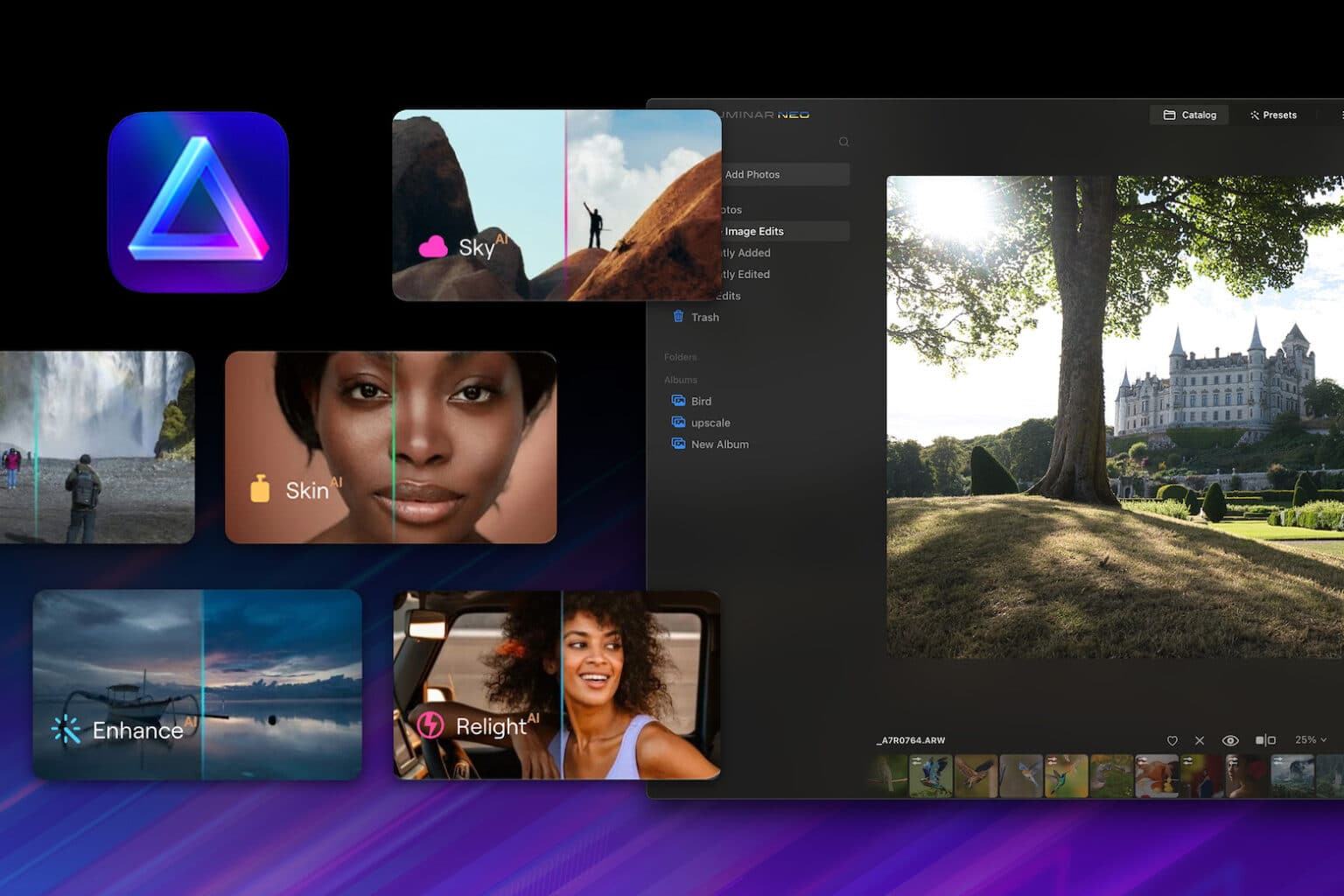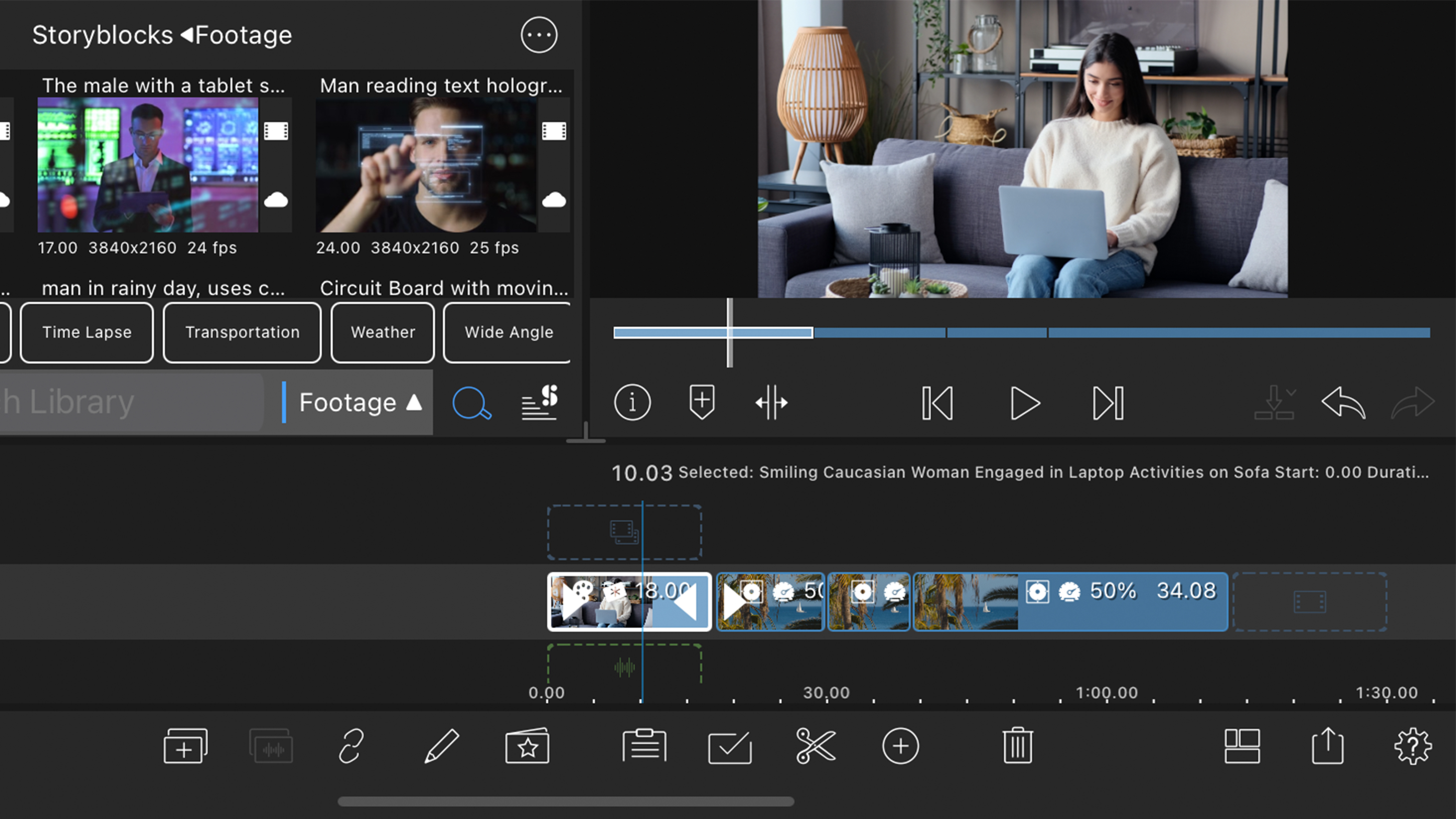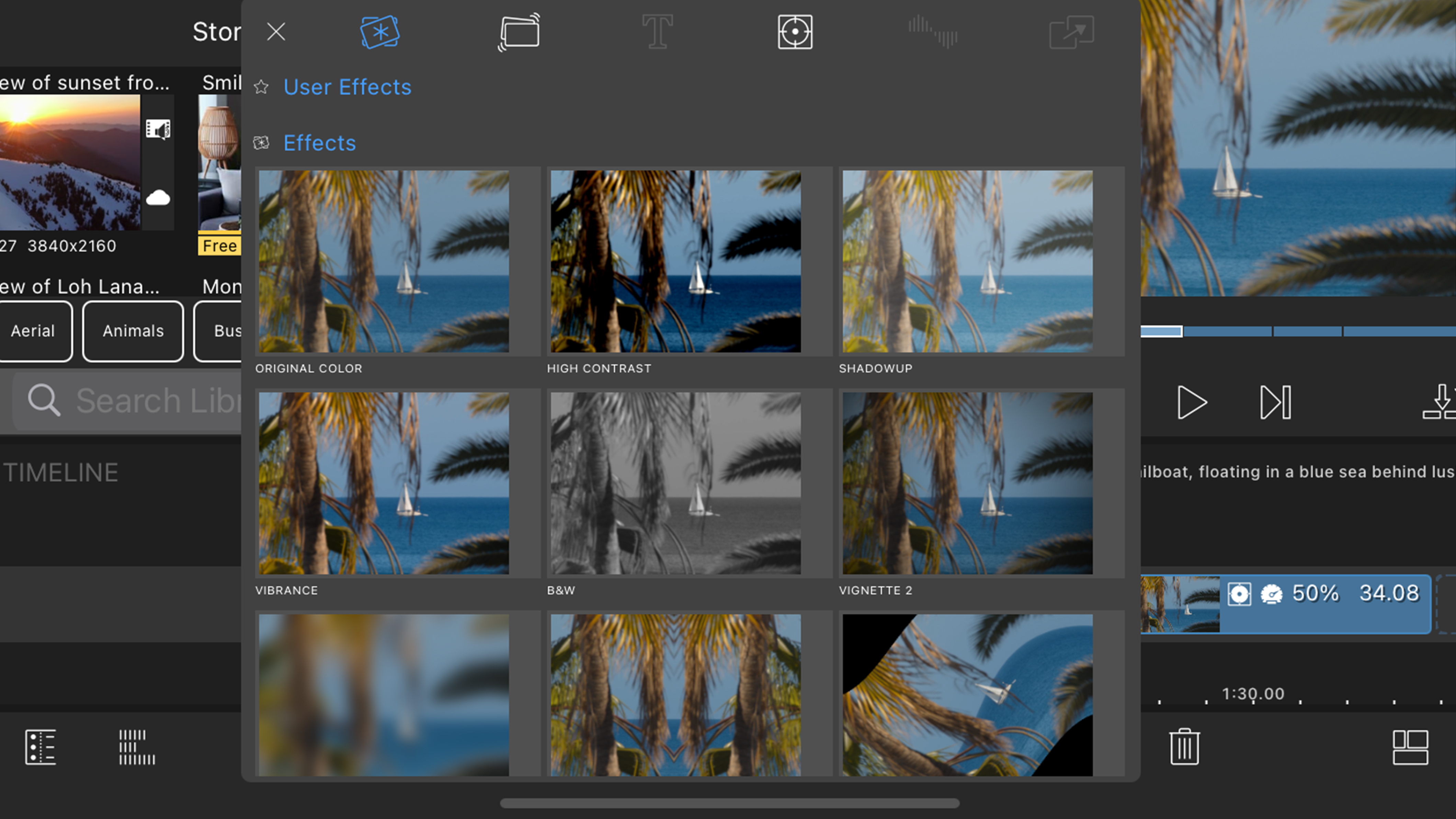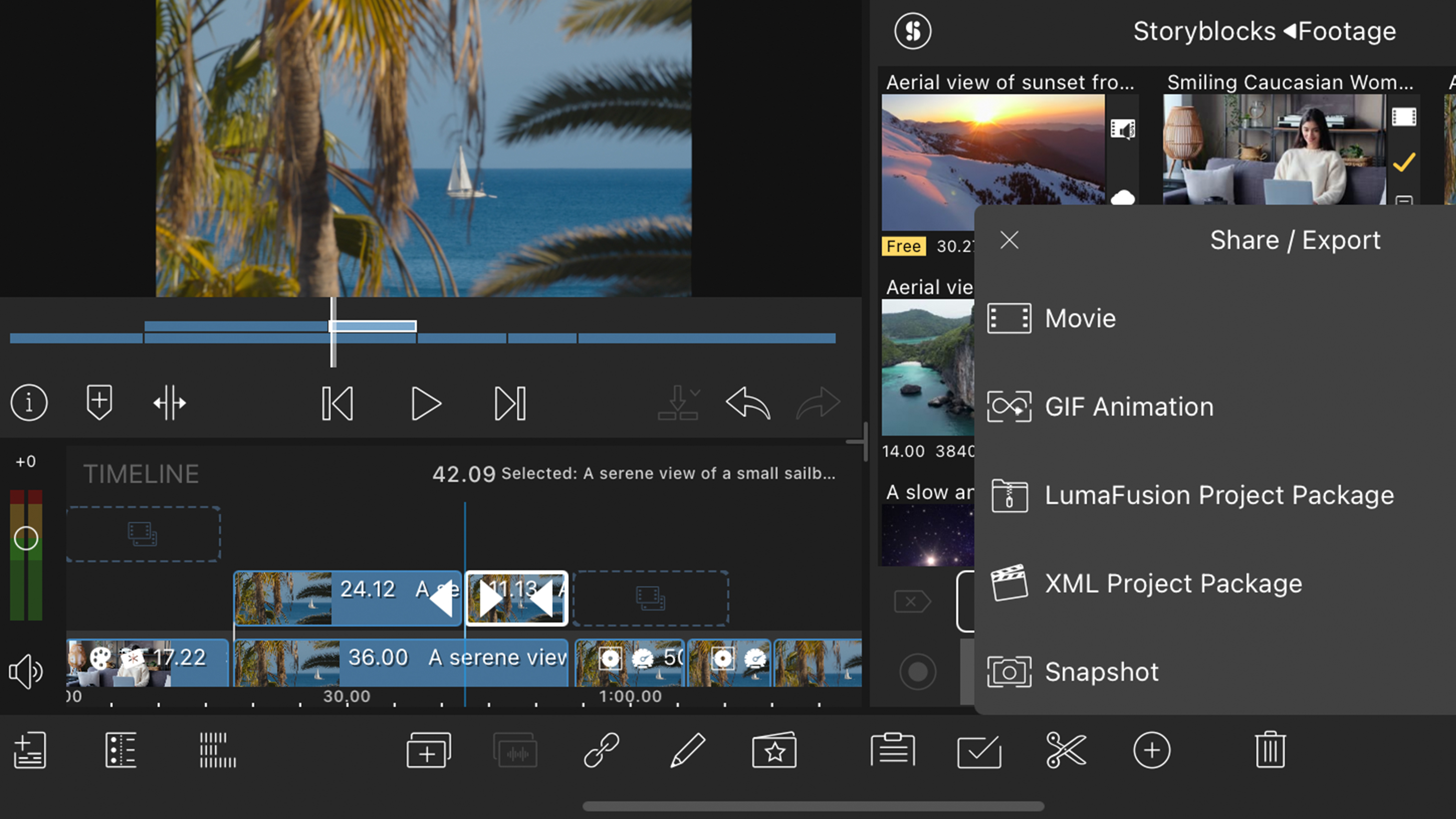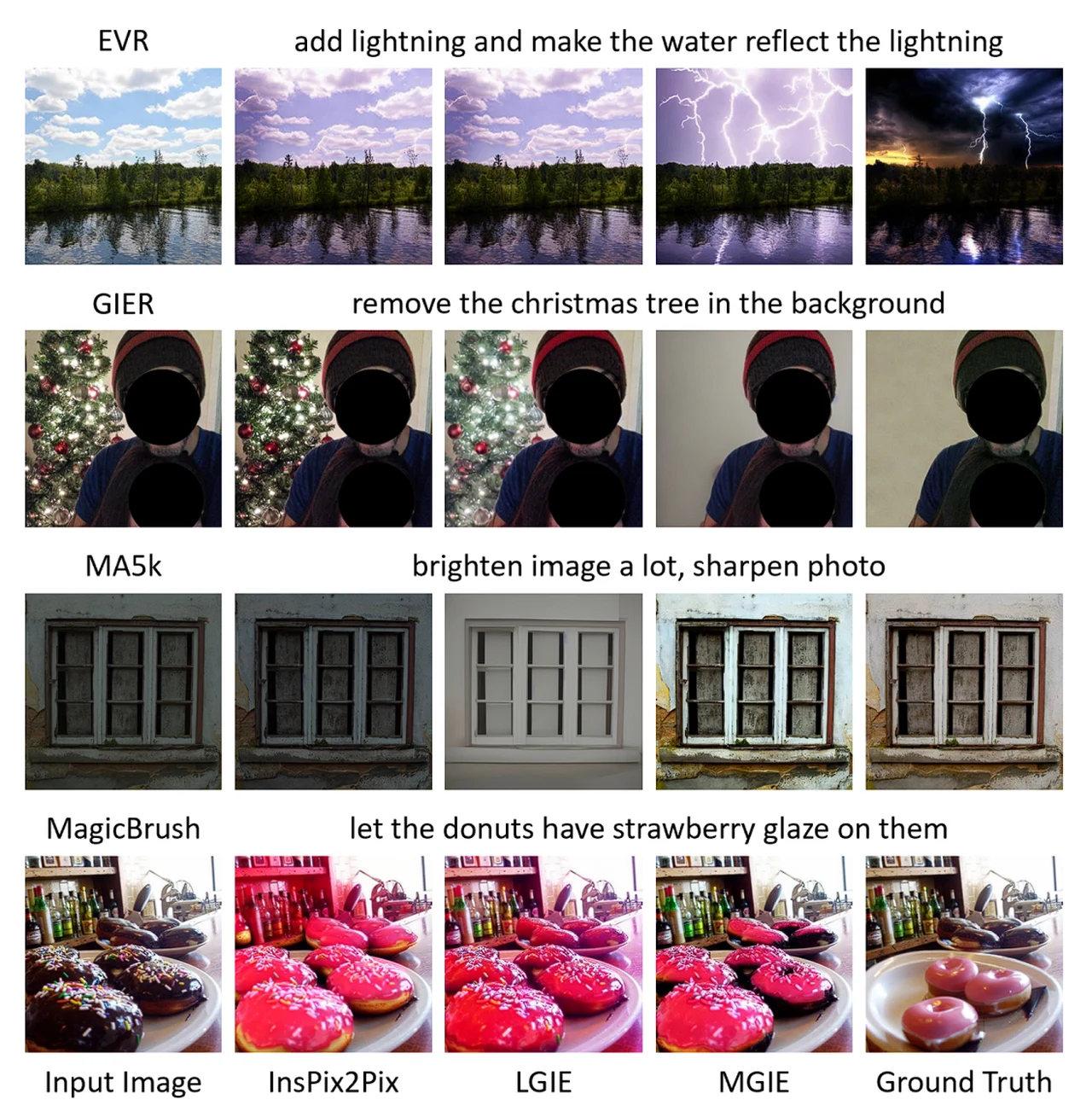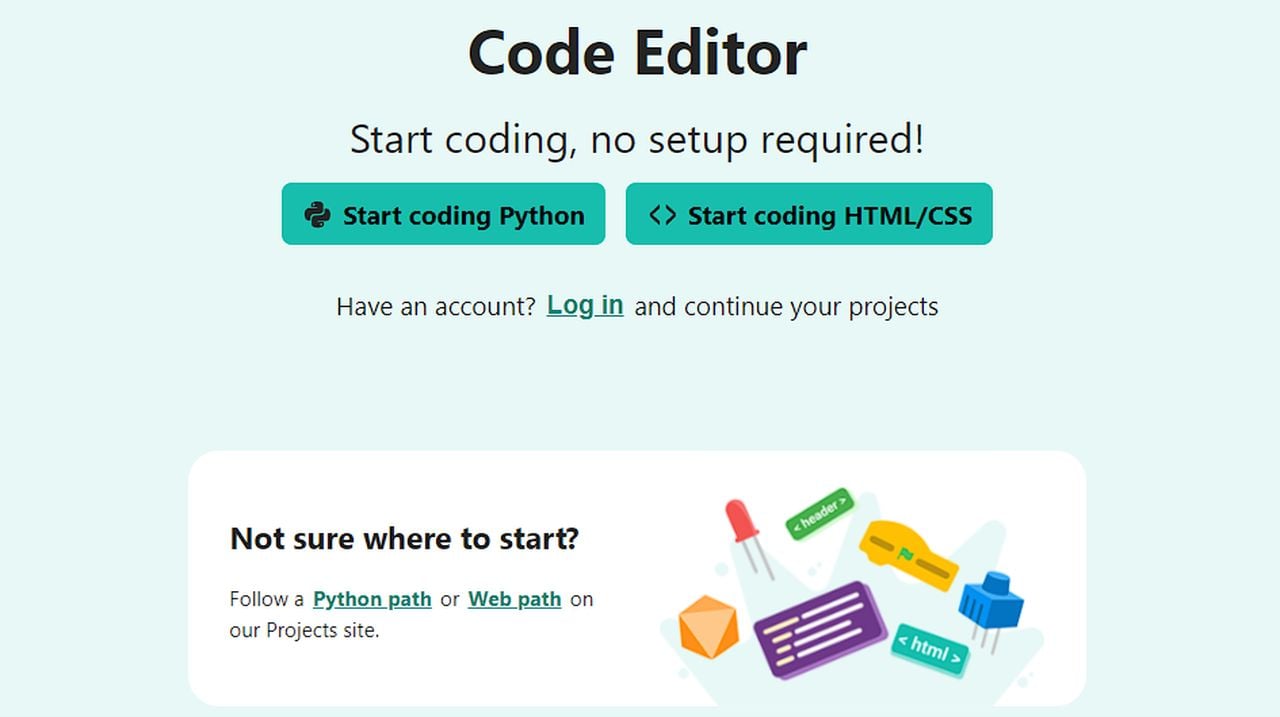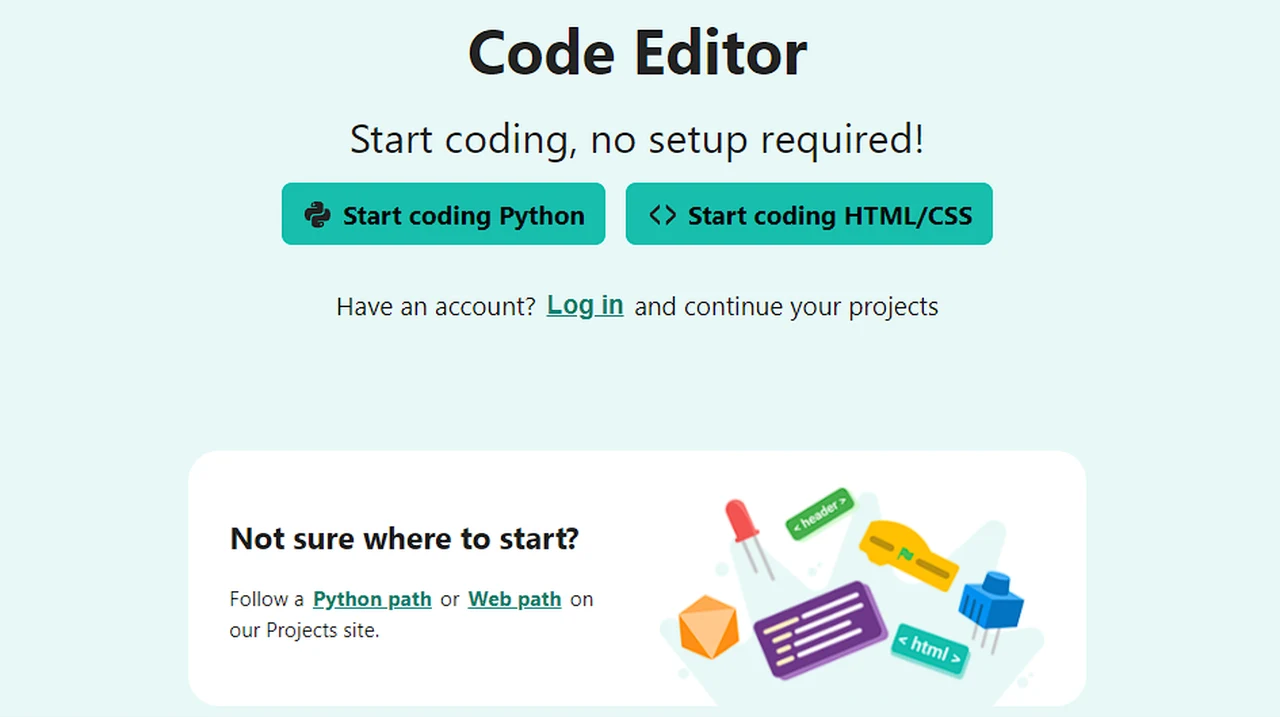[ad_1]

Ilustración: David Parkins
Consejo
naturaleza Me acerqué a dos investigadores en busca de consejo. Las revistas depredadoras afirman ser publicaciones científicas legítimas, pero explotan el modelo de publicación de acceso abierto para engañar a los autores y obligarlos a pagar tarifas. Estos editores a menudo mienten sobre el factor de impacto de la revista, tergiversan a su consejo editorial y afirman falsamente que ofrecen un proceso de revisión por pares.1.
Revistas depredadoras: sin definición, sin defensa
Una de las primeras cosas que puede hacer para determinar si una revista recibe spam es evaluar críticamente la invitación por correo electrónico, lo cual parece que ya ha hecho. “Las revistas depredadoras se están acercando a muchos de nosotros aquí en África. Cada día recibo unos 20 correos electrónicos pidiéndome que publique algo”, dice Alexander Kwarteng, microbiólogo de la Universidad de Ciencia y Tecnología Kwame Nkrumah en Kumasi, Ghana. sobre las tarifas de publicación en el correo electrónico es una señal de alerta. “A la mayoría de las revistas depredadoras les gusta hablar de dinero. Le pedirán que les envíe 50 o 100 dólares para publicar su artículo en un plazo de dos semanas.
“Algunas revistas científicas son obviamente depredadoras, porque el tema está completamente fuera de su campo de estudio”, dice Jeroen Grunfeld, paleontólogo de la Universidad Nacional de Taiwán en Taipei. “Además, estos correos electrónicos suelen ser muy halagadores. Incluirán frases como 'Estimado profesor' y 'Su muy alta posición en la comunidad científica'. Para mí, esas son señales de alerta”.
Buscar errores tipográficos, errores gramaticales y si la marca de tiempo del correo electrónico coincide con el horario comercial estándar de la supuesta ubicación del editor también puede ayudar a determinar si una revista está explotada, escribieron Susan Elmore y Eleanor Weston en una publicación de 2020 sobre cómo evitarlo. revistas depredadoras1. El correo electrónico que recibió parece tener muchas de estas características, lo que sugiere que puede provenir de un editor depredador.
Comparte tus problemas profesionales de forma anónima
Después de revisar detenidamente el correo electrónico, los investigadores con los que hablamos también recomendaron consultar el sitio web de la revista para evaluar su credibilidad. Por ejemplo, ¿tiene la revista directrices claras para el proceso de revisión por pares y el cronograma? “Una revista que promete aceptar su manuscrito dentro de una semana a cambio de dinero es, para mí, fraudulenta, porque eso simplemente no es posible”, dice Grunfeld, quien señala que el extenso proceso editorial y de revisión por pares lleva semanas, si no meses. O incluso un año.
Kwarteng también analiza el índice de citas, los títulos y los números de teléfono de la revista. “Si una revista dice que es de Estados Unidos, pero el número de teléfono es de la India, no tiene sentido”, afirma. También examina a los miembros del equipo editorial e intenta seguir los enlaces en sus biografías. “A veces haces clic en un enlace que no lleva a ninguna parte. Eso me dice que probablemente sea un editor peligroso. Considere enviar un correo electrónico a las personas del consejo editorial de la revista para preguntarles sobre la revista. Si resulta que es depredador, usted ha ayudado. informar a dichos investigadores que su información puede usarse de manera engañosa.
Además de la exploración del sitio, la investigación en línea puede proporcionar información sobre si una revista está siendo explotada. Groeneveld a menudo busca el nombre de una revista con la palabra clave “depredadora” para ver qué aparece. También consulta Bell List, una colección de revistas y editoriales potencialmente depredadoras, creada originalmente por el bibliotecario Jeffrey Bell, que en ese momento trabajaba en la Universidad de Colorado en Denver.
Cientos de revistas “depredadoras” figuran en una base de datos científica líder
En su artículo, Elmore y Weston sugieren varios recursos gratuitos que pueden ayudar a los investigadores a identificar revistas depredadoras. Los ejemplos incluyen bases de datos organizadas por el Directorio de revistas de acceso abierto, la taxonomía de revistas SCImago y pautas proporcionadas por el Comité de Ética en Publicaciones. También recomiendan utilizar una guía para comprobar la calidad de las revistas en el sitio web sin fines de lucro thinkchecksubmit.org.
Sobre la base de estos criterios, naturaleza Revisé el correo electrónico que había recibido el ecologista sospechoso y descubrí que probablemente provenía de un editor depredador.
Kwarteng y Grunfeld señalan que saber si una revista es depredadora puede ser particularmente desafiante para los investigadores que inician su carrera, quienes a menudo no están muy familiarizados con las editoriales académicas. En estos casos, lo mejor es pedir ayuda a colegas más experimentados.
En 2021, un estudiante de posgrado en el laboratorio de Kwarteng fue engañado para que publicara su trabajo en una revista depredadora. A pesar de numerosas solicitudes para que la revista retire su publicación, ésta se niega a hacerlo y continúa exigiendo dinero a Kwarteng. “Aprendí una dura lección”, dice Kwarteng. “Necesitamos educar continuamente a los miembros del laboratorio sobre cómo lidiar con algunos de estos editores depredadores. La realidad es que están en todas partes”.
Esto es parte de una serie de Nature en la que compartimos consejos sobre los problemas profesionales que enfrentan los lectores. ¿Tienes un problema? Envíanos un correo electrónico a [email protected]
[ad_2]
Source Article Link








